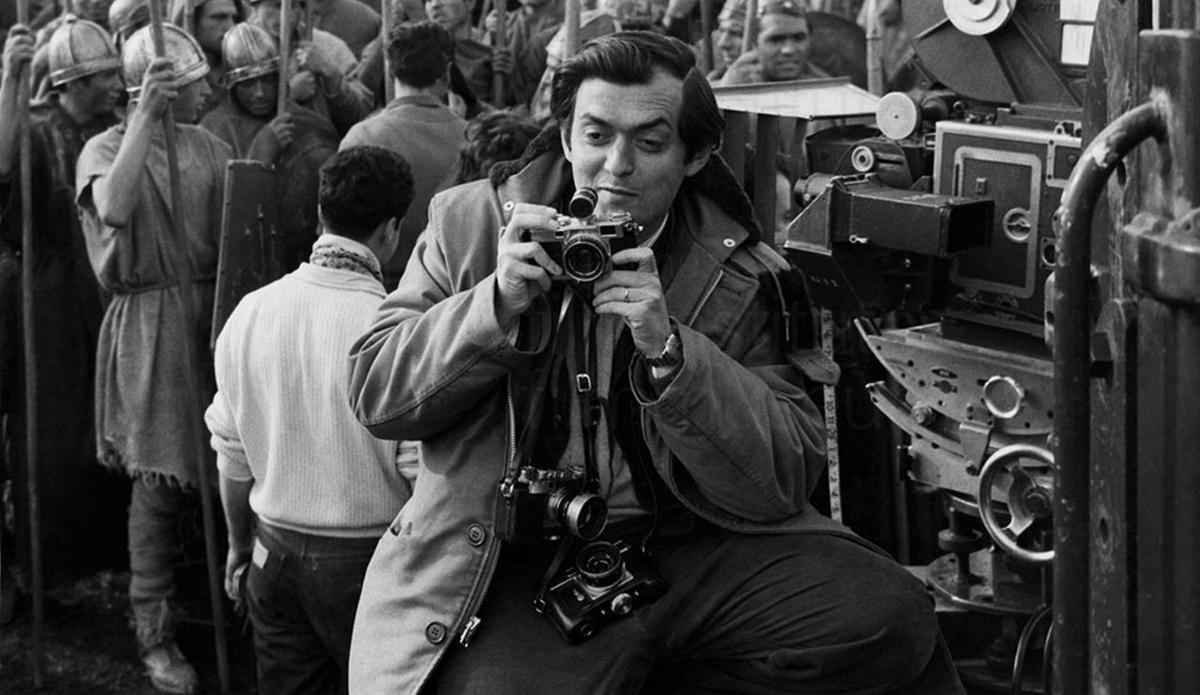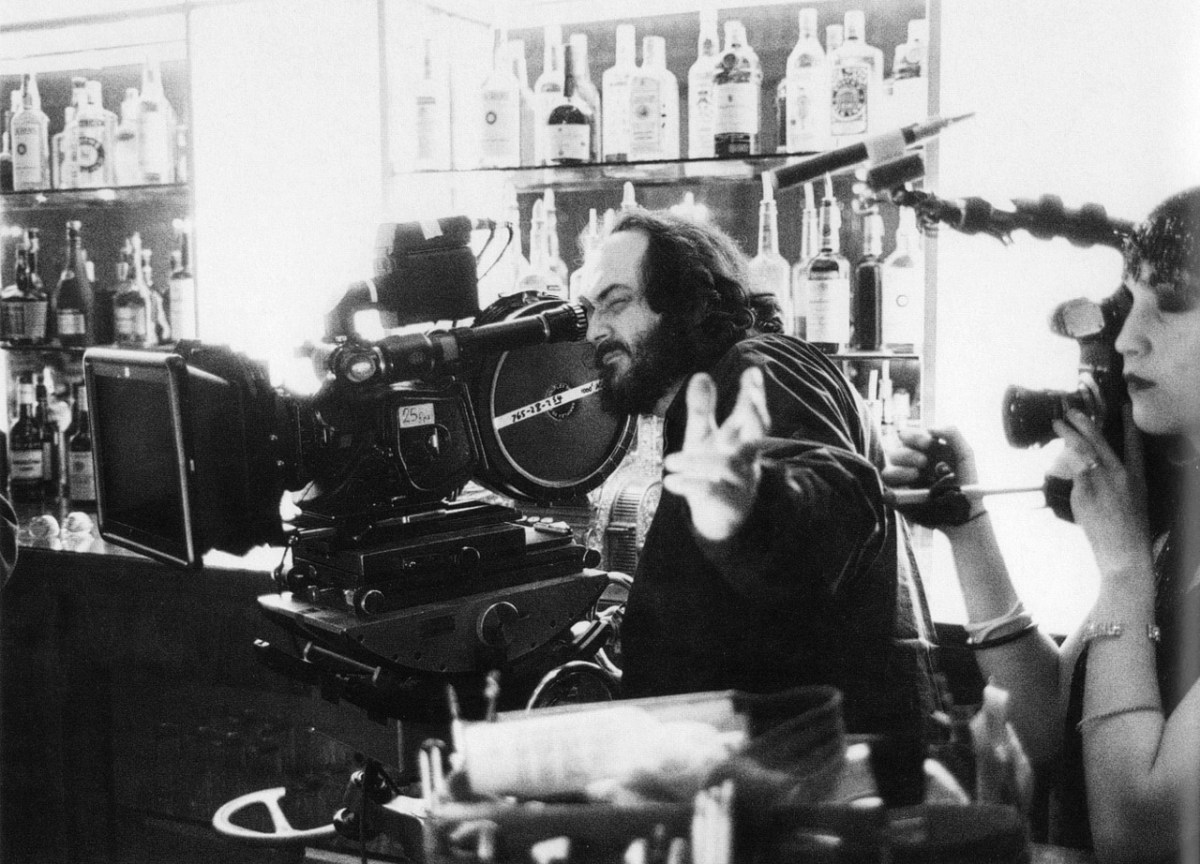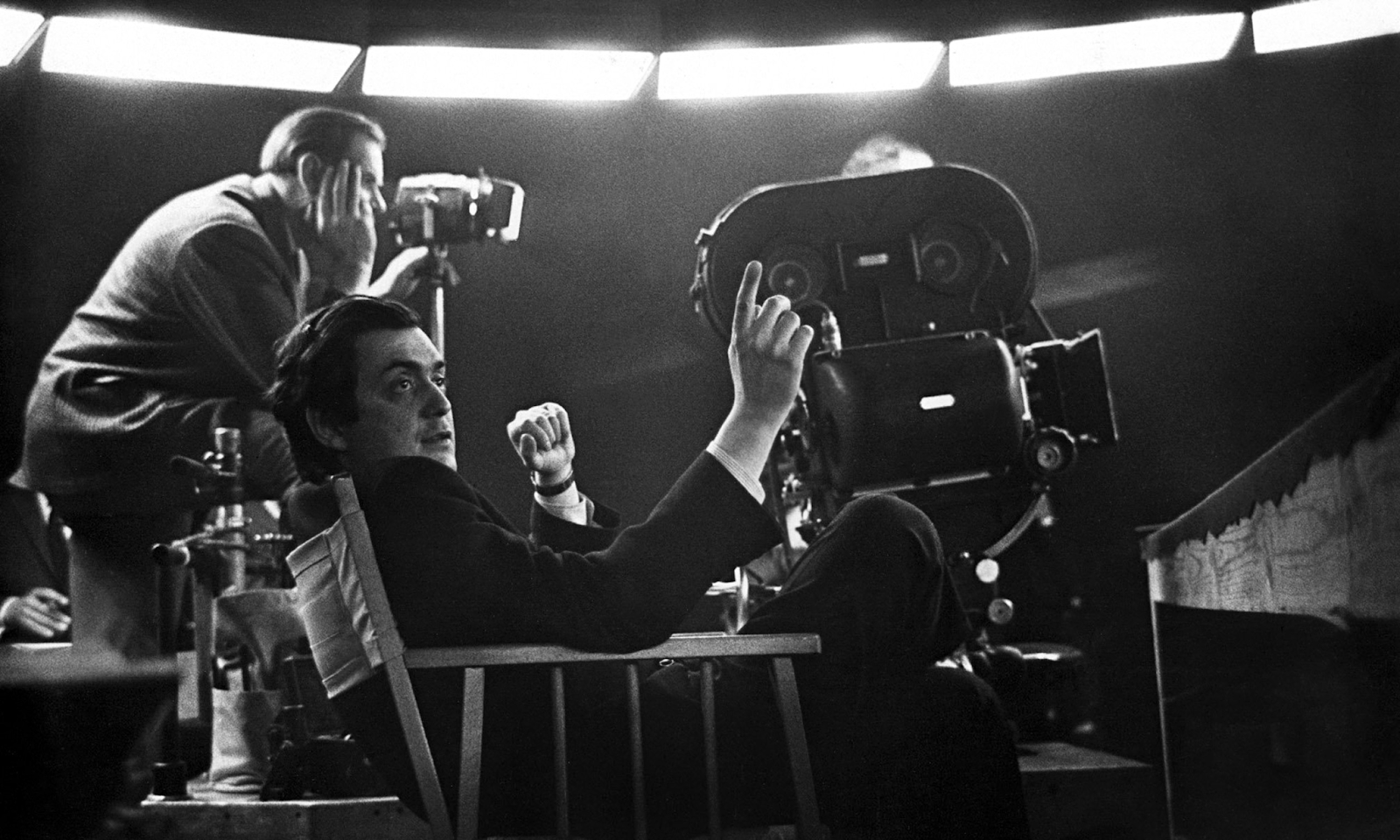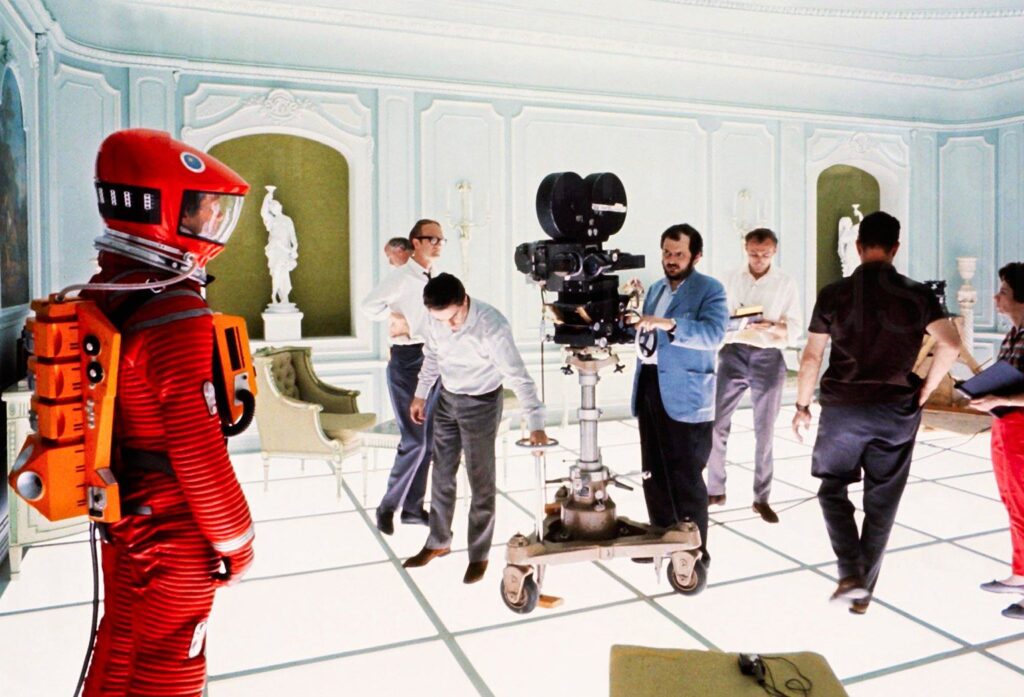Introduction:
William Friedkin stands as one of the most daring and impactful filmmakers of the 20th century, known for directing classic films like The Exorcist and The French Connection. Friedkin’s career spans several decades, marked by his fearless approach to storytelling, bold cinematic choices, and a penchant for exploring the darker side of human nature. His films often challenge societal norms and test audience limits, creating memorable experiences that continue to influence cinema today. This article explores William Friedkin directorial style, his most influential works, and his lasting impact on filmmaking.
1. Early Career and Entry into Hollywood

Born in Chicago in 1935, William Friedkin began his career in television, working as a director for documentaries and live programs. One of his early documentary successes was The People vs. Paul Crump (1962), which investigated the story of a death row inmate. This documentary showcased Friedkin’s interest in intense, realistic storytelling and brought him attention for his fearless approach to difficult subjects.
Friedkin’s entry into Hollywood was marked by a desire to break traditional boundaries. Unlike many filmmakers of his time, Friedkin leaned toward gritty realism and complex narratives. His early works like Good Times (1967), starring Sonny and Cher, showed his willingness to experiment, but it wasn’t until the 1970s that Friedkin would gain recognition as a groundbreaking filmmaker.
2. Defining Works: The French Connection and The Exorcist
The French Connection (1971)
The French Connection was William Friedkin’s first major success, establishing him as a director willing to push the boundaries of realism and suspense. Based on a true story, the film follows two New York City detectives investigating an international drug-smuggling ring. Friedkin’s approach to the film was unique for its time; he aimed for a documentary-like feel, often using handheld cameras and shooting on location in New York.
One of the most iconic scenes in The French Connection is the high-speed car chase through the streets of Brooklyn. Friedkin’s relentless attention to realism led him to film the scene at real speeds, with actor Gene Hackman behind the wheel. This sequence has been hailed as one of the greatest car chases in film history, showcasing Friedkin’s ability to create intense, pulse-pounding moments on screen. The French Connection went on to win five Academy Awards, including Best Picture and Best Director, cementing Friedkin’s place in Hollywood.
The Exorcist (1973)
Two years after The French Connection, Friedkin released The Exorcist, which became one of the most iconic horror films ever made. Based on the novel by William Peter Blatty, the film tells the story of a young girl possessed by a demonic force and the priests who attempt to save her. Friedkin’s directorial style brought an unmatched level of intensity and realism to the horror genre, as he used practical effects and real-life rituals to evoke terror.
Friedkin’s uncompromising approach to filming The Exorcist is well-documented. He famously subjected his actors to harsh conditions, including extreme cold on set, to capture the authenticity he desired. Friedkin also collaborated with experts on exorcism and psychiatry, giving the film a psychological depth that elevated it beyond standard horror fare. The Exorcist went on to become a cultural phenomenon, sparking debates and controversies due to its shocking content and religious themes. It was also the first horror film to be nominated for Best Picture at the Academy Awards, a testament to Friedkin’s impact on the genre.
3. Other Notable Films and Contributions to Cinema

While The French Connection and The Exorcist remain Friedkin’s most famous works, his filmography includes several other notable films that further illustrate his range and ambition as a director.
Sorcerer (1977)
After the success of The Exorcist, Friedkin sought to push his creative boundaries even further with Sorcerer, a thriller about a group of men transporting volatile dynamite through the South American jungle. Based on the French film The Wages of Fear, Sorcerer was an ambitious and risky project that required on-location shooting in extremely challenging conditions. The film’s tense atmosphere and spectacular visuals have earned it a cult following, though it struggled at the box office due to its release close to Star Wars.
In recent years, Sorcerer has been re-evaluated by critics and audiences, gaining recognition as one of Friedkin’s most underappreciated works. Its technical achievements, including one of the most suspenseful bridge-crossing sequences in film history, highlight Friedkin’s commitment to immersive and suspenseful filmmaking.
To Live and Die in L.A. (1985)
To Live and Die in L.A. showcased Friedkin’s talent for creating complex, morally ambiguous characters and gritty, realistic storytelling. The film follows two Secret Service agents on a mission to take down a dangerous counterfeiter. With its intense car chases, graphic violence, and exploration of corruption, To Live and Die in L.A. became a classic of 1980s crime cinema.
The film’s final chase scene, which involves driving against traffic on the freeway, is considered one of the most thrilling and dangerous scenes ever filmed. Friedkin’s willingness to push limits and take risks in his filmmaking process is on full display here, reinforcing his reputation as a director willing to put authenticity above all else.
Later Works and TV Projects
In his later career, Friedkin directed films like Jade (1995), Rules of Engagement (2000), and Bug (2006), each reflecting his continued interest in complex, often disturbing stories. Bug, in particular, earned praise for its intense psychological themes and intimate, claustrophobic atmosphere.
Friedkin also dabbled in television, directing episodes for shows like CSI: Crime Scene Investigation and documentary work for HBO. His willingness to explore different media demonstrates his flexibility as a director and his ongoing commitment to storytelling.
4. Directorial Style and Techniques

William Friedkin style is characterized by a commitment to realism, intense performances, and an unflinching look at complex moral dilemmas. Some key elements of his directorial style include:
- Documentary Realism: Friedkin’s early career in documentaries influenced his love for realism. Many of his films have a raw, unpolished look, often using handheld cameras and on-location shooting to capture a documentary-like feel.
- Practical Effects: Rather than relying on CGI, Friedkin preferred practical effects to maintain authenticity. This is evident in films like The Exorcist, where practical effects and makeup helped create truly terrifying moments.
- Pushing Actors to Their Limits: Known for his rigorous directing methods, Friedkin often pushed actors to extreme physical and emotional limits to achieve the desired intensity. While controversial, this technique contributed to some of the most memorable performances in his films.
- Moral Ambiguity: Friedkin’s films frequently explore characters with moral flaws and complex motivations. His protagonists are rarely straightforward heroes, which adds depth and realism to his storytelling.
5. Legacy and Influence on Modern Filmmakers

William Friedkin’s impact on the film industry is profound. His approach to realism and character-driven storytelling has influenced a generation of filmmakers, from Martin Scorsese to Quentin Tarantino. The French Connection and The Exorcist are often cited as landmark films that reshaped the thriller and horror genres, respectively. Friedkin’s work has inspired directors to embrace realistic, gritty filmmaking and take risks in their storytelling.
Friedkin’s career also serves as a case study in the value of creative control and dedication to one’s vision. His willingness to tackle challenging material and push boundaries has earned him both acclaim and controversy, but his films continue to resonate with audiences and critics alike.
Conclusion:
William Friedkin contributions to cinema are undeniable. Through films like The French Connection, The Exorcist, and Sorcerer, he redefined thriller and horror genres, setting a new standard for realism and intensity. His fearless approach to filmmaking has left an indelible mark on Hollywood, and his influence can be seen in the work of numerous modern filmmakers.
Friedkin’s legacy is that of a director who was unafraid to explore the human psyche’s darkest corners, bringing complex characters and realistic narratives to life on screen. His work challenges audiences to confront uncomfortable truths and question moral boundaries, making him one of the most impactful filmmakers of his generation.


